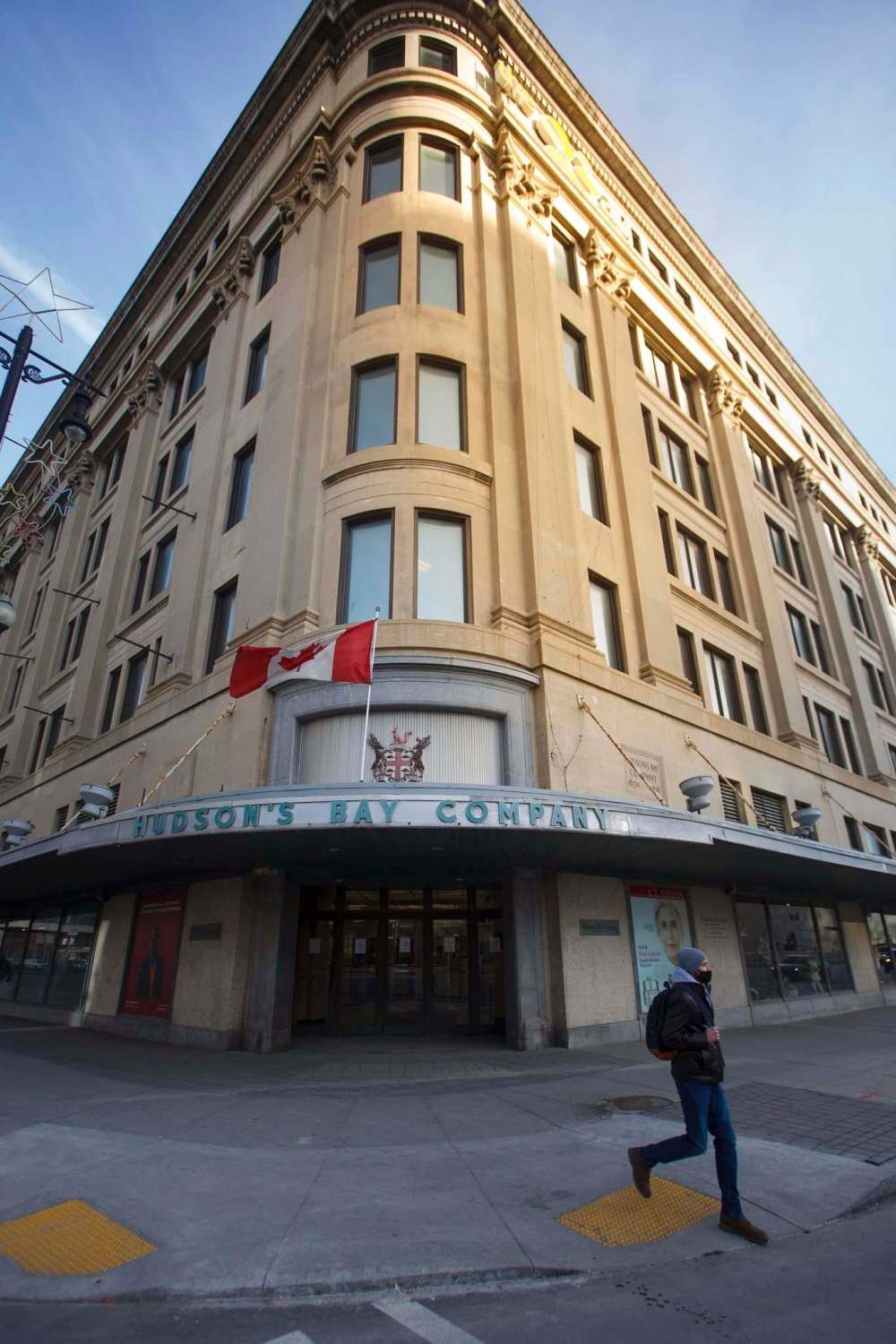Downtown must regain pre-pandemic momentum
Read this article for free:
or
Already have an account? Log in here »
To continue reading, please subscribe:
Monthly Digital Subscription
$0 for the first 4 weeks*
- Enjoy unlimited reading on winnipegfreepress.com
- Read the E-Edition, our digital replica newspaper
- Access News Break, our award-winning app
- Play interactive puzzles
*No charge for 4 weeks then price increases to the regular rate of $19.00 plus GST every four weeks. Offer available to new and qualified returning subscribers only. Cancel any time.
Monthly Digital Subscription
$4.75/week*
- Enjoy unlimited reading on winnipegfreepress.com
- Read the E-Edition, our digital replica newspaper
- Access News Break, our award-winning app
- Play interactive puzzles
*Billed as $19 plus GST every four weeks. Cancel any time.
To continue reading, please subscribe:
Add Free Press access to your Brandon Sun subscription for only an additional
$1 for the first 4 weeks*
*Your next subscription payment will increase by $1.00 and you will be charged $16.99 plus GST for four weeks. After four weeks, your payment will increase to $23.99 plus GST every four weeks.
Read unlimited articles for free today:
or
Already have an account? Log in here »
Hey there, time traveller!
This article was published 13/04/2021 (1703 days ago), so information in it may no longer be current.
When Sir Isaac Newton published his laws of motion in 1687, he obviously didn’t intend direct application to Winnnipeg’s urban centre. Still, the discipline of physics suggests the inertia that currently besets the city’s downtown will need to be overcome by motion.
“Every body continues in its state of rest, or of uniform motion in a right line, unless it is compelled to change that state by forces impressed upon it,” Newton wrote.
Winnipeg’s downtown had commendable motion underway with a series of successful developments in recent years, but 13 months ago it was forced into a state of inertia by a force called COVID-19. The challenge now is to prepare a strategic plan that, once the virus wanes, will restore that momentum.

Before March 2020 — the fateful turning point when the city’s urban nucleus was paralyzed by the pandemic — downtown Winnipeg was adapting to economic challenges in innovative ways. Like city centres everywhere, it had lost its identity as the centrepiece of city shopping, leaving downtown streets largely empty but for the faint echoes of bustle.
But in the past 15 years, inertia was overcome by motion. Partnerships by private enterprise and governments brought people back downtown to cheer the Jets at the arena now known as Bell MTS Place, to study at the scattered mini-campuses of the University of Winnipeg, to live in new condo developments, to work in business centres such as the new True North Square, or to enjoy expanded attractions at The Forks and the Canadian Museum for Human Rights.
It wasn’t like the downtown’s commercial peak before the 1980s, but it was moving in a sustainable and often-exciting direction.
Despite such an eclectic array of attractions, many people continue to resist the allure. The Free Press enlisted Probe Research to ask a representative sampling of Winnipeggers about the recovery of downtown Winnipeg; the findings, published last Saturday, showed almost two-thirds, 65 per cent, agreed somewhat or strongly with the statement “There is not a lot that attracts me to downtown Winnipeg.”
By age, the Winnipeggers most likely to avoid downtown are older people: 60 per cent of people 55-plus hold a negative view of downtown, compared to 36 per cent of people 18 to 34.
Downtown will never again be the shopping mecca it was in its heyday, but until its momentum was stalled by the pandemic, it was developing into a diverse centre of work, education, shopping and entertainment.
At the same time, however, Winnipeggers care. When asked if they are concerned about the future of downtown, 72 per cent said they were somewhat or strongly worried. Perhaps the most encouraging aspect of the survey is the reaction to the statement “Governments should spend money to help downtown Winnipeg recover from the pandemic.” A total of 69 per cent agreed somewhat or strongly.
Governments are already helping out, to some degree. An encouraging sign is a $25-million trust fund pledged last week by the provincial government toward the redevelopment of the shuttered Bay building. It’s an indication of serious intent that should begin realistic conversations about ways to give this historically protected building a less-degrading face than the plywood currently covering its windows.
Another important project in the works is the possible redevelopment of Portage Place, which was purchased in 2019 by Starlight Investments, a Toronto developer looking for significant government investment to develop the site into a mixed-use housing and commercial project.
Downtown will never again be the shopping mecca it was in its heyday, but until its momentum was stalled by the pandemic, it was developing into a diverse centre of work, education, shopping and entertainment. When we finally say good riddance to this odious virus, the determined effort to make downtown a destination of choice should resume.








